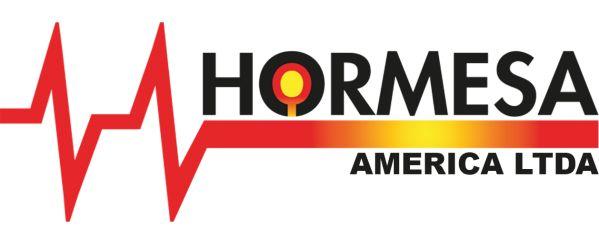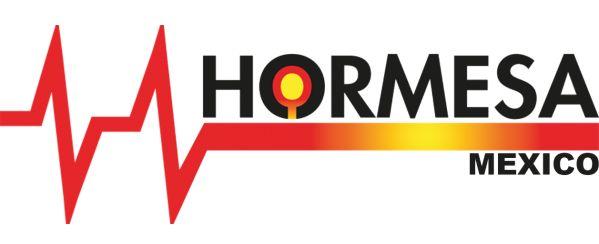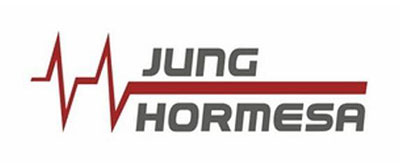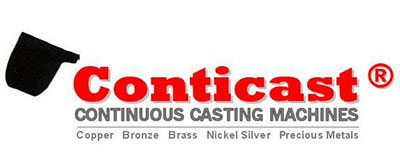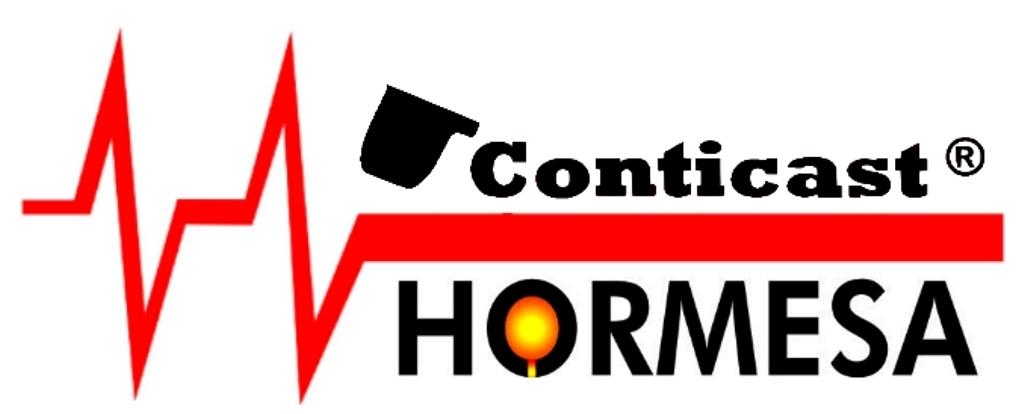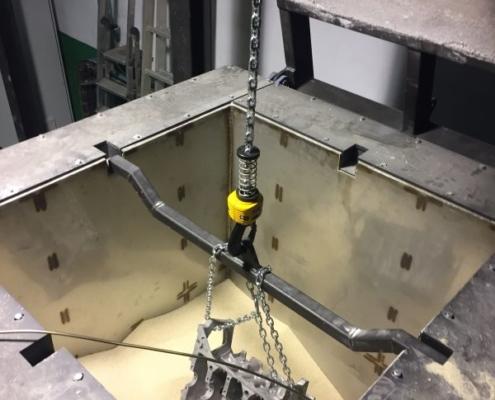 https://hormesa.com/wp-content/uploads/2019/07/HardAlu2_1-e1564411875530.jpg
800
600
juscar
https://hormesa.com/wp-content/uploads/2023/10/logo_3.png
juscar2023-11-01 16:19:412023-11-01 16:20:10HARDALU
https://hormesa.com/wp-content/uploads/2019/07/HardAlu2_1-e1564411875530.jpg
800
600
juscar
https://hormesa.com/wp-content/uploads/2023/10/logo_3.png
juscar2023-11-01 16:19:412023-11-01 16:20:10HARDALURESEARCH AND DEVELOPMENT
R&D&I Programs in which Hormesa Group participates.
 https://hormesa.com/wp-content/uploads/2019/07/HardAlu2_1-e1564411875530.jpg
800
600
juscar
https://hormesa.com/wp-content/uploads/2023/10/logo_3.png
juscar2023-11-01 16:19:412023-11-01 16:20:10HARDALU
https://hormesa.com/wp-content/uploads/2019/07/HardAlu2_1-e1564411875530.jpg
800
600
juscar
https://hormesa.com/wp-content/uploads/2023/10/logo_3.png
juscar2023-11-01 16:19:412023-11-01 16:20:10HARDALU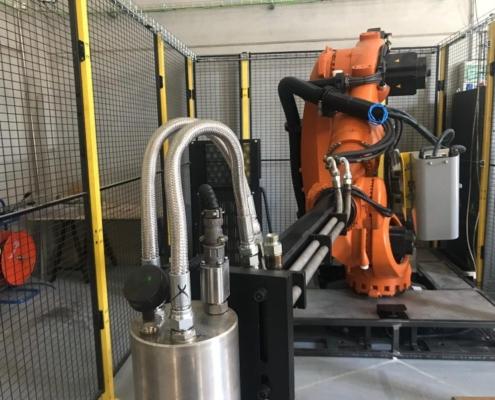 https://hormesa.com/wp-content/uploads/2019/07/CERORSOM-3_1.jpg
600
800
juscar
https://hormesa.com/wp-content/uploads/2023/10/logo_3.png
juscar2023-11-01 16:15:142023-11-01 16:16:54CERORSOM
https://hormesa.com/wp-content/uploads/2019/07/CERORSOM-3_1.jpg
600
800
juscar
https://hormesa.com/wp-content/uploads/2023/10/logo_3.png
juscar2023-11-01 16:15:142023-11-01 16:16:54CERORSOM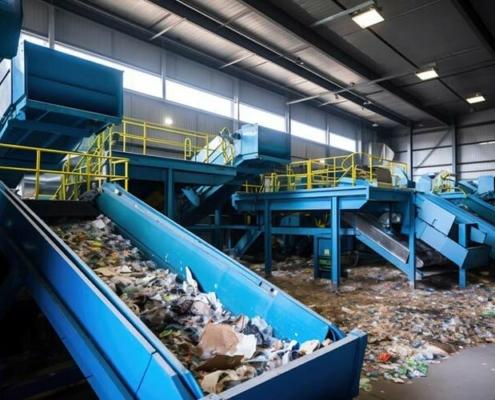 https://hormesa.com/wp-content/uploads/2023/11/reciclar.jpg
500
666
juscar
https://hormesa.com/wp-content/uploads/2023/10/logo_3.png
juscar2023-11-01 15:56:422023-11-01 16:12:34EER (EURO ECCO RECICLYNG)
https://hormesa.com/wp-content/uploads/2023/11/reciclar.jpg
500
666
juscar
https://hormesa.com/wp-content/uploads/2023/10/logo_3.png
juscar2023-11-01 15:56:422023-11-01 16:12:34EER (EURO ECCO RECICLYNG)RECENT ENTRIES
- ISRI Show Las Vegas – April 15-18 25 March, 2024
- DIE CASTING MONTERREY: April 17, 18 and 19 24 March, 2024
- ET24 Show Orlando – April 30 – May 2 23 March, 2024
- NADCA Show Indianapolis – September 30 – October 2, 2024 22 March, 2024
- FUNDIEXPO 2024: October 16, 17 and 18 21 March, 2024

